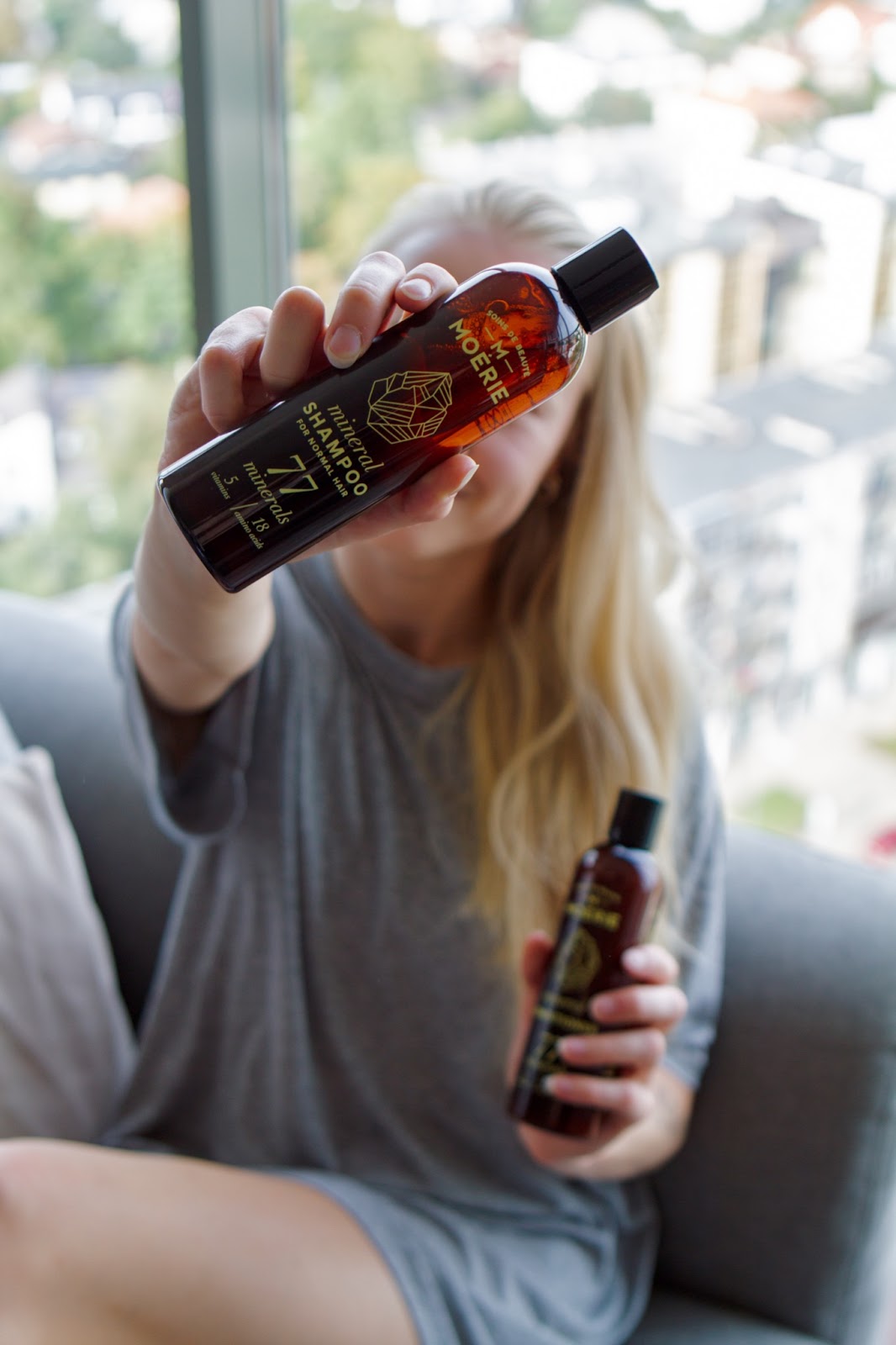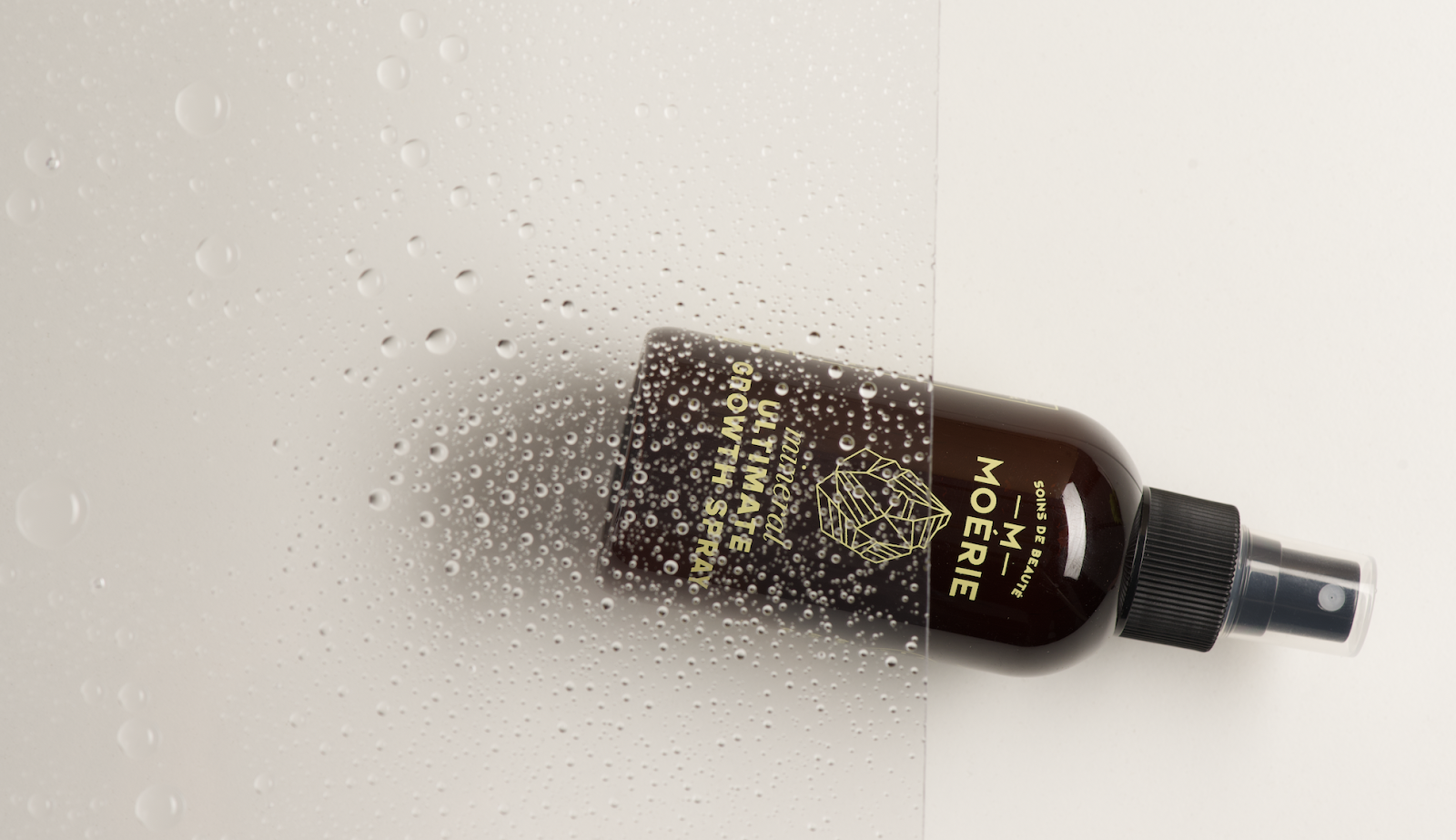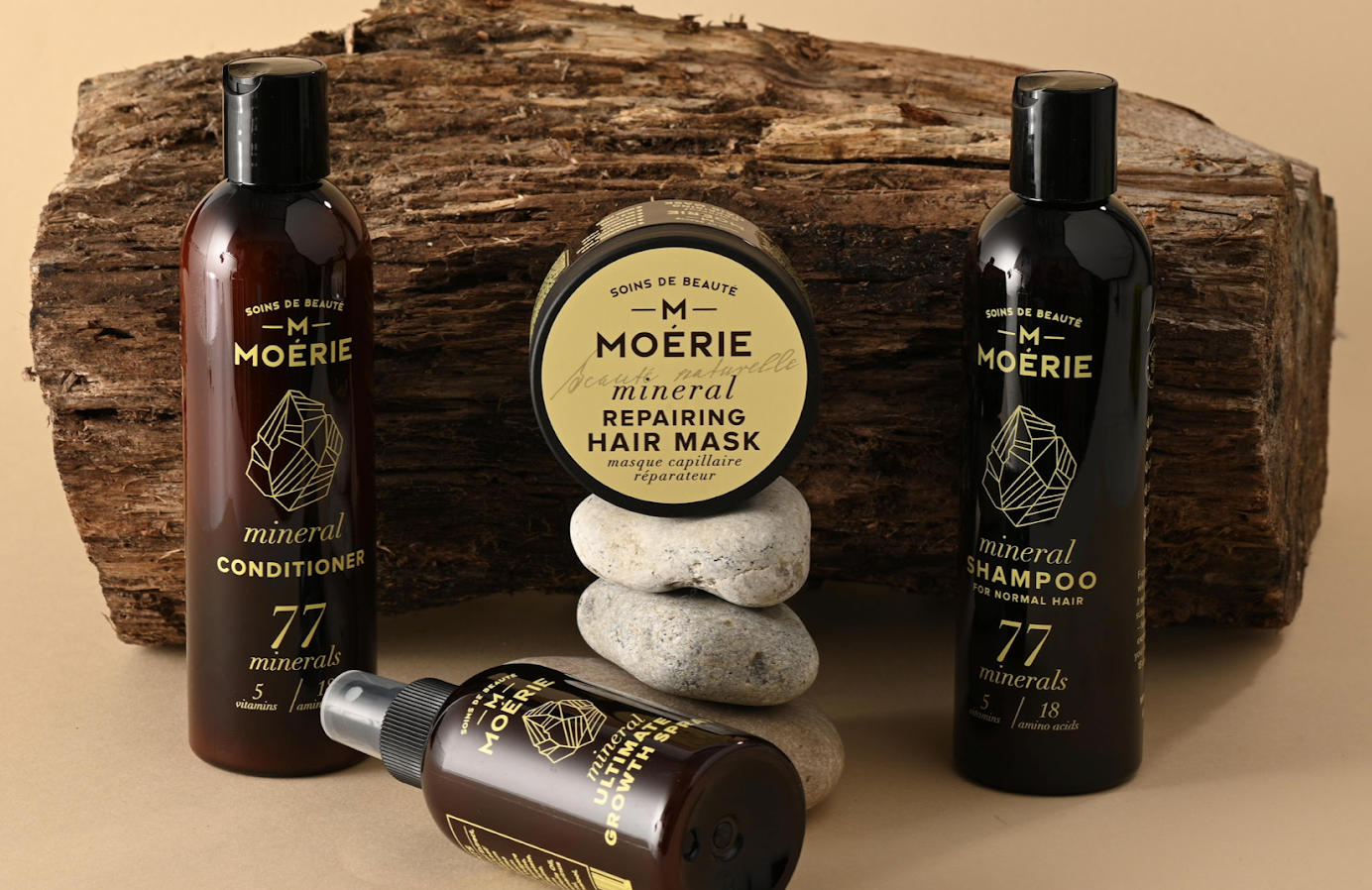I don’t know about you, but I can tell if my day is going to be great after just taking one look at my hair. If the mirror doesn’t show anything good, I might as well stay at home. And these days, I constantly find myself having a good hair day. Lucky? No way. I learned to restore my luscious locks using the science behind natural hair growth.
Why Does Your Hair Look Like That?
Who can resist the drop-dead-gorgeous bouncy curls or the razor-sharp straightened lines? I know I love to constantly change my looks.
From heat styling tools to blow-drying – our hair is exposed to a lot of heat on a regular basis. We even shower with scalding hot water and often forget to put on a hat on a sunny summer day.
Heat is one of the most common reasons behind lifeless hair.
Sadly, once the damage is done, none of the tools can save you from split ends, breakage, and dryness, among other things. The stress of worrying about your hair (or other things) might also cause intensive hair loss.
At least, that’s what happened to me: I used to straighten my hair every day, and this, combined with stress at work, was just too much for it. I started to lose my hair at insane rates, leaving a trail of loose strands on the floor anywhere I went.
But there are a lot of ways to restore your hair health and growth without depriving yourself of looking great.
Here are the three finest techniques I found to harness nature’s power to stimulate hair growth. Let’s get started!
1. Fall in Love With Natural Oils
Using heat tools also means applying a ton of styling products, from heat protectants to hair gels and more. All of these products accumulate on your scalp to prevent hair growth. The obvious solution is to shampoo your hair regularly.
Choosing the right kind of shampoo
Sadly, picking up the first shampoo you spot at Target won’t get the job done.
Your scalp has sebaceous glands that release natural oils to keep the hair healthy and growing. Harsh shampoos cleanse those oils to make the hair dry and prone to breakage.
So, rather than stripping your scalp off the natural goodness, resort to a gentle, sulfate-free shampoo.
Sulfate-free shampoos work best for people with fine, curly, or wavy hair. These hair types tend to be more fragile, and the effects of harsh shampoos can cause more damage and strip the scalp from its natural oils.
After a lot of trial and error, I finally found a natural shampoo that is gentle enough for my wavy hair but extremely effective and nourishing.
Moerie’s Mineral Hair Repair Shampoo not only leaves your hair squeaky clean but also nourishes it with 77 minerals. It’s free of all harmful chemicals such as parabens or sulfates and instead contains biotin and keratin that help strengthen the hair.

Apart from choosing the right shampoo, you need to moisturize the scalp using hair growth products that have the goodness of natural oils, like:
- Coconut oil: It protects your hair from heat damage and keeps fungal growth away. Coconut oil even helps with breakage and split ends.
- Argan oil: Argan oil is chock full of antioxidants, such as vitamin E, to keep your hair healthy and its growth intact.
- Olive oil: If you have split ends or hair that is treated with relaxers and perms, olive oil is for you.
2. Nourish Your Hair The Right Way
Before you figure out ways to naturally nourish your hair, it’s important to understand hair porosity. Hair porosity affects how well moisture and oil pass in and out of the cuticle, i.e., the outermost layer of the hair.
Simply speaking, hair porosity is all about your hair’s capacity to retain and absorb moisture. There are three major categories of hair porosity:
- High porosity: Widely spaced cuticles. Your hair absorbs water easily, but it loses it quickly.
- Medium porosity: Less tightly bound cuticles. Your hair absorbs water quickly but manages to retain it.
- Low porosity: Cuticles that remain close together. Your hair has trouble absorbing water, but it retains it well.
How can you know? Well, it’s always good to discuss this with your hairdresser. But a quick test would be to run your hands through the hair. Low-porosity hair feels smooth, whereas the open cuticles make high-porosity hair feel rough.
Choosing hair oil as per hair porosity
The hair density serum or oil you choose depends on your hair porosity.
- For low porosity hair: Your hair needs lighter oils to keep it well-nourished. Your choices are argan oil, grapeseed oil, and jojoba oil.
- For medium porosity hair: Almost all kinds of oil work for medium porosity hair, for instance, coconut oil, olive oil, and the like.
- For high porosity hair: Heavy oils are your hair’s best friend, and you might want to use a leave-in conditioner to lock in the moisture in your hair. So, use castor oil, olive oil, and avocado oil.
3. Focus on the Scalp and Hair Follicles Instead of the Hair
You need to take care of your scalp and hair follicles (hair roots) to improve hair growth. There is only so much you can do about the hair on your head because the real haircare routine starts with your scalp and hair follicles.
Let’s take a look at a few viable ways to take care of your hair roots and scalp:
Use natural hair care products
Use a natural hair growth spray such as Moerie’s Ultimate Hair Growth Spray on the roots of your hair to nourish it from within.

Get regular scalp massages
You can either use natural oils or natural hair regrowth serum to give yourself a good massage before a bath. Remember to steer clear of products that are loaded with fragrances or contain alcohol because they will only make your hair frizzy.
Include more antioxidants in your diet
According to a 2015 study by the Center for Dermatology and Hair Diseases in Switzerland, oxidative stress can cause hair loss and dryness. So, make sure to include more antioxidants in your daily diet. After all, what you eat also shows up on your skin and hair.

Final Thoughts
As you know by now, taking care of your hair needs some serious commitment. And it’s not even that difficult, right?
All you need to do is choose the right products for your hair type and take good care of your scalp and follicles. All of this should feel a bit easier now that you understand the science behind high-quality hair care.
So, I hope you’re now ready to start your long hair journey today!
Disclaimer
The Content is not intended to be a substitute for professional medical advice, diagnosis, or treatment. Always seek the advice of your physician or other qualified health provider with any questions you may have regarding a medical condition.